Virtually explore the National Gallery of Art with us as your guide
Some background
videos + essays
Link to the National Gallery of Art's website
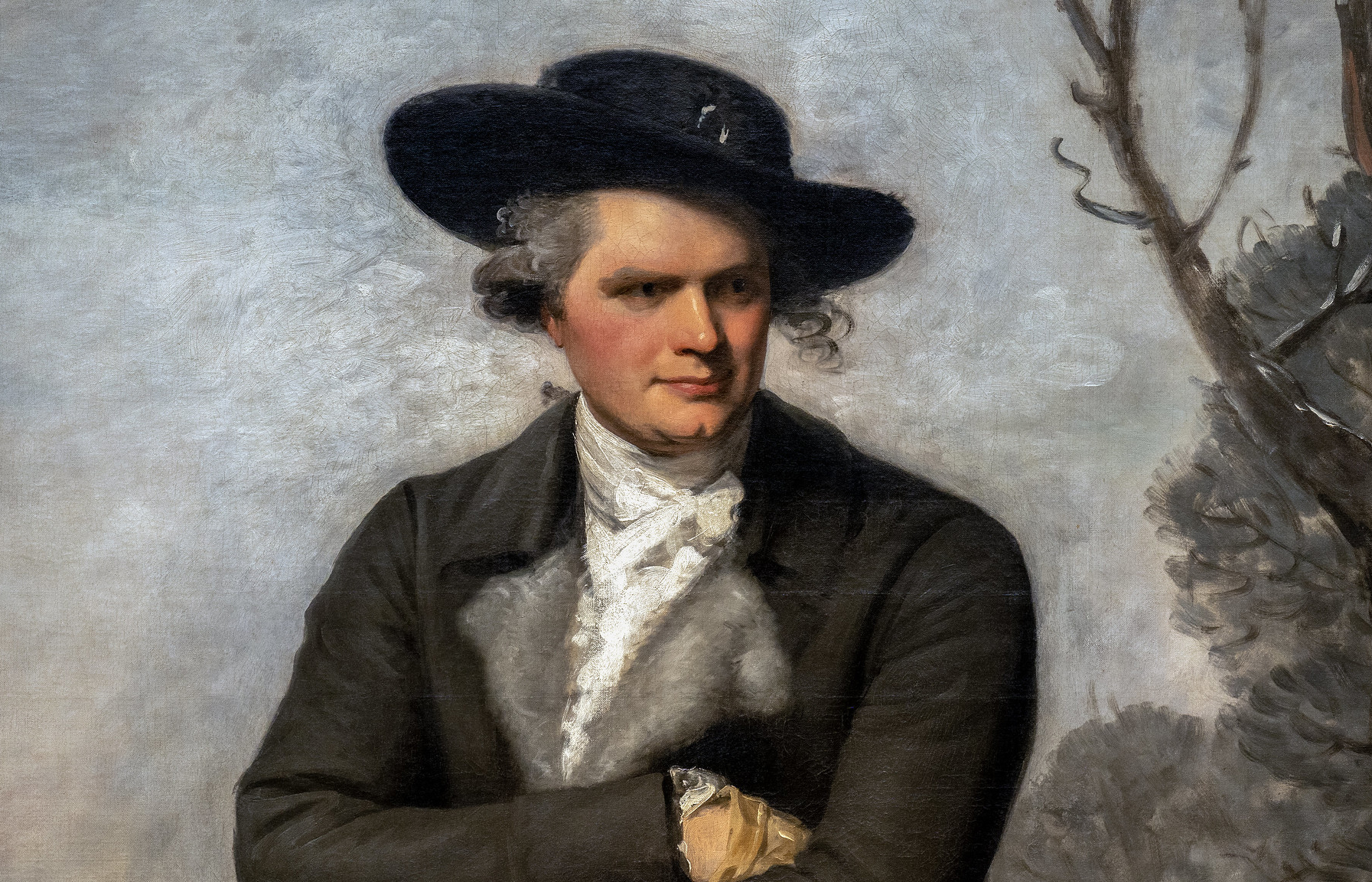
Gilbert Stuart, The Skater
Depicting his subject in motion was a departure from the norm, making this painting the talk of the town.
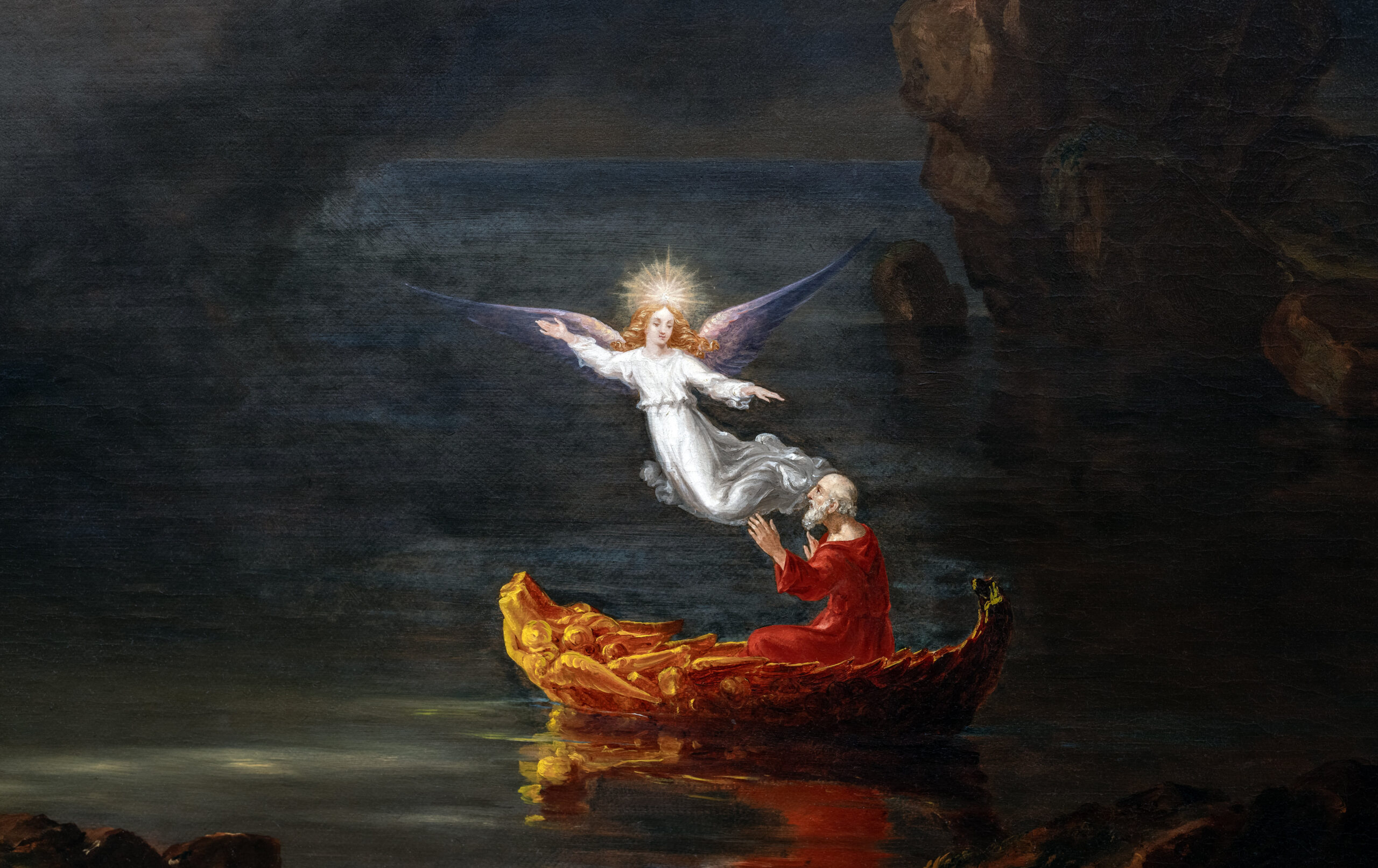
Thomas Cole, The Voyage of Life
Cole’s extraordinary series chronicles each stage of human life: childhood, youth, manhood, and old age.
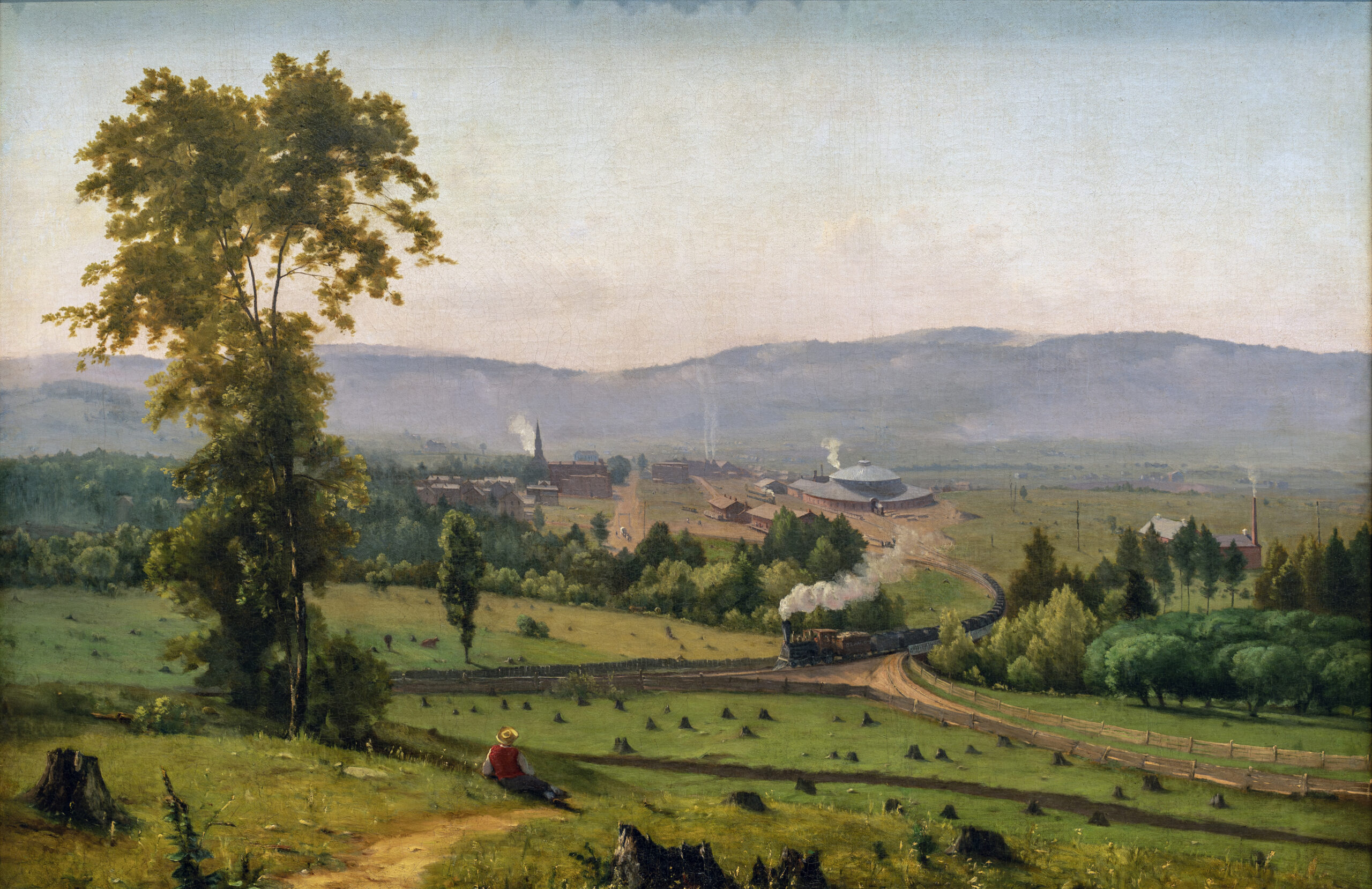
George Inness, The Lackawanna Valley
Inness captures a tension between industrial progress and its effect on the American landscape.
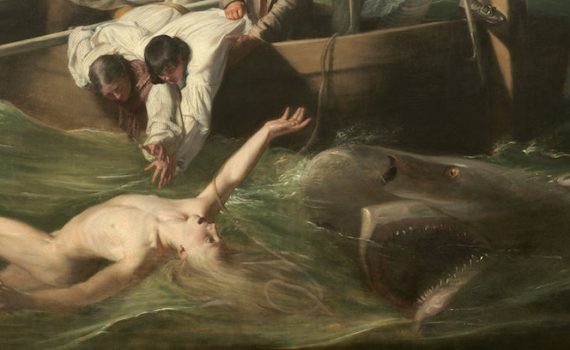
John Singleton Copley, Watson and the Shark
A former orphan, Watson became a wealthy and influential man—after surviving a near-fatal shark attack.
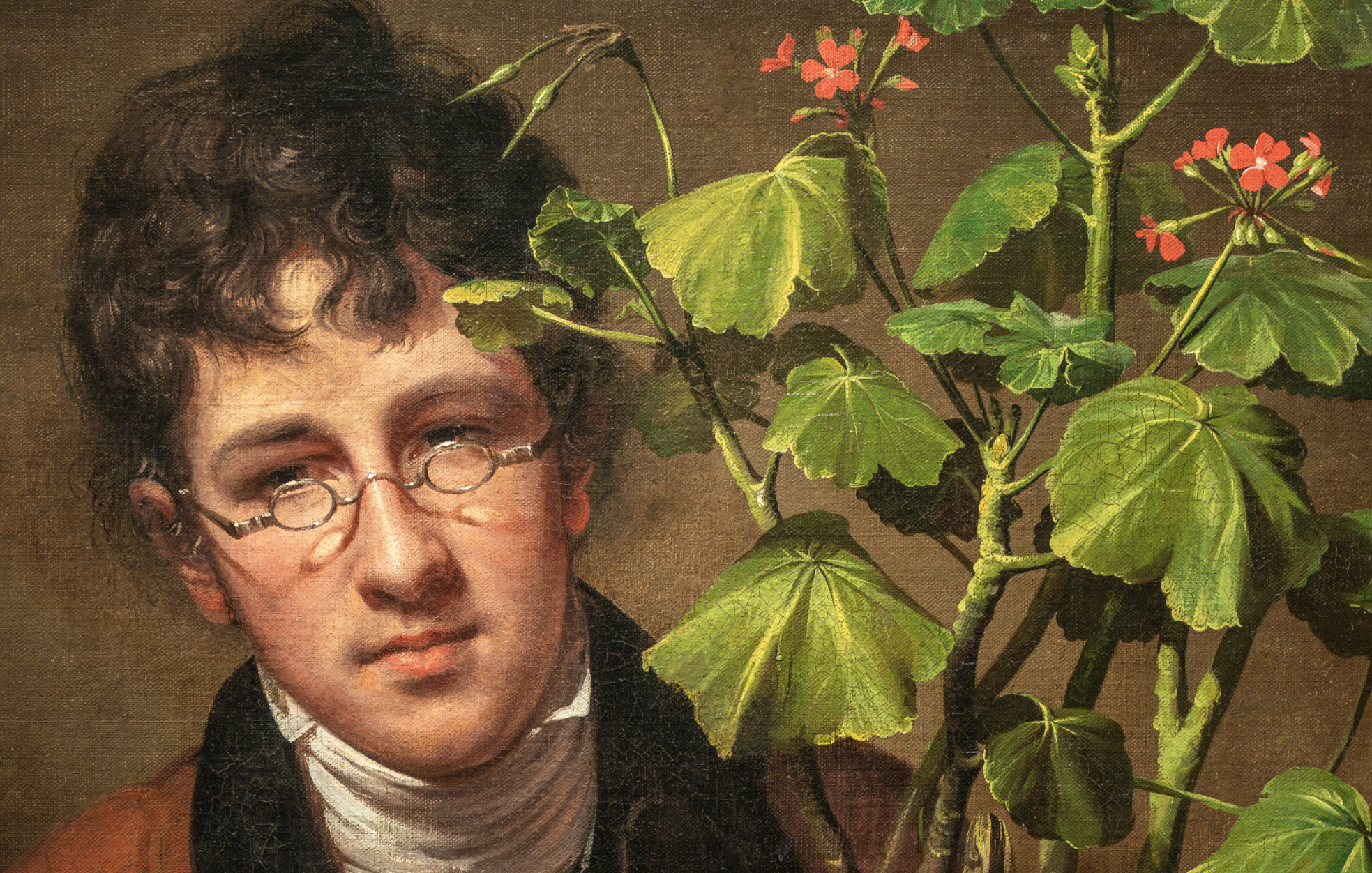
Rembrandt Peale, Rubens Peale with a Geranium
An unusual double portrait: a botanist and his geranium.
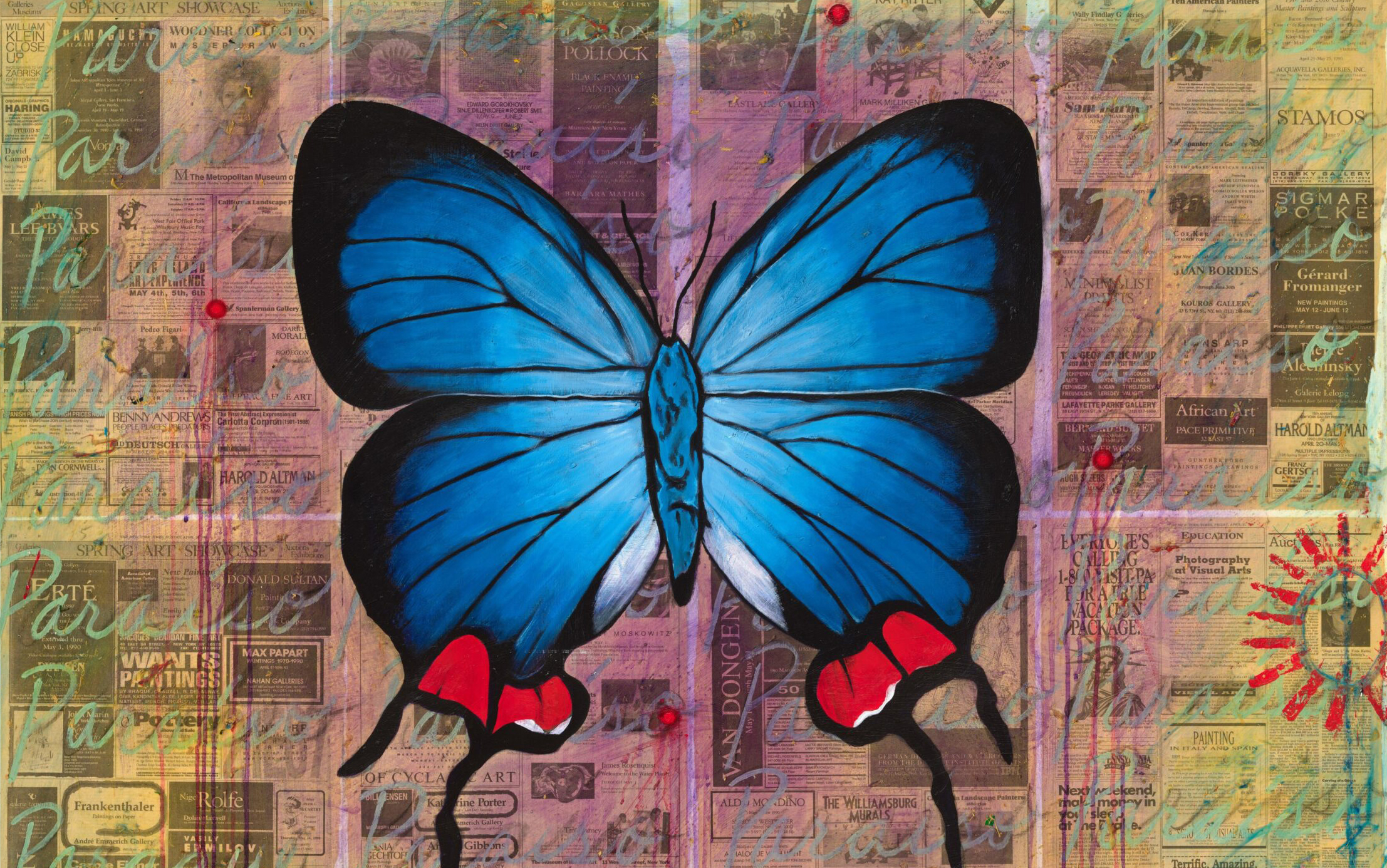
Freddy Rodríguez, Paradise for a Tourist Brochure
Rodríguez juxtaposes the beauty of the natural world with violent references to Rafael Trujillo's dictatorship in Paradise for a Tourist Brochure.
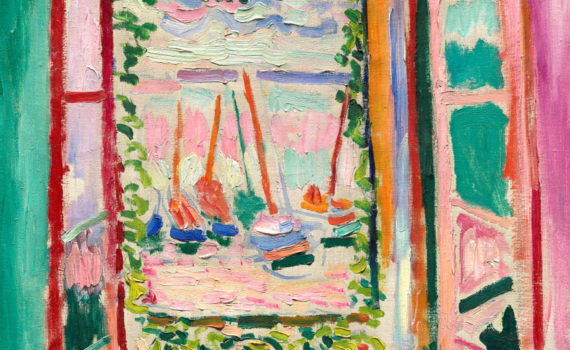
Henri Matisse, Open Window, Collioure
Although the style implies a rapid or even slipshod painting process, Open Window, Collioure was carefully orchestrated in every aspect.
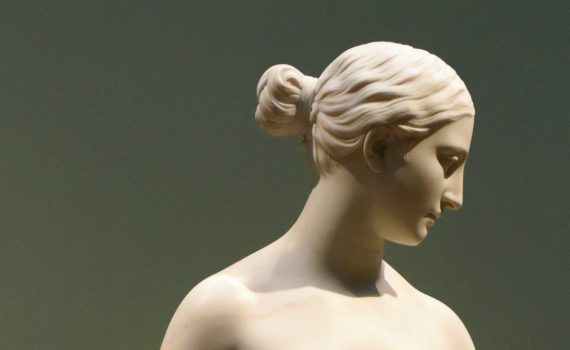
Hiram Powers, The Greek Slave
Though at first glance this nude seems plucked from classical antiquity, it actually alludes to modern politics.
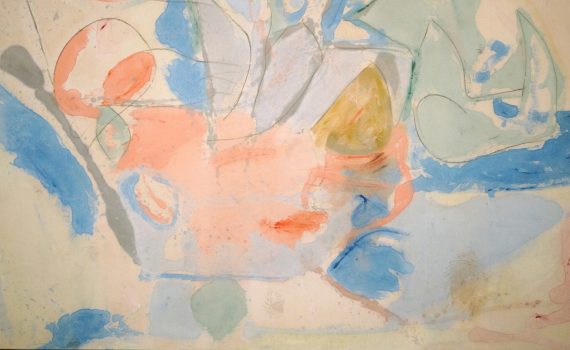
Helen Frankenthaler, Mountains and Sea
Frankenthaler doesn’t paint the landscape per se, but offers an intuitive response to Cape Breton in Nova Scotia.
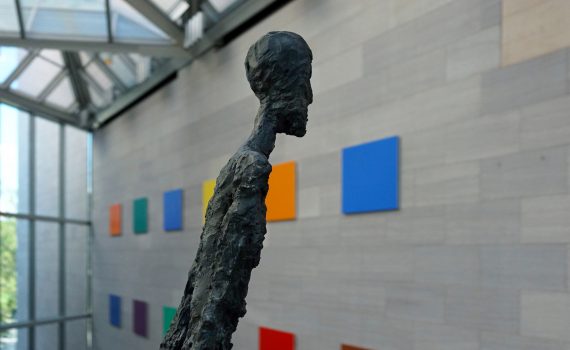
Alberto Giacometti, Walking Man II
Sartre described Giacometti’s figures as “halfway between nothingness and being,” but “very skinny” works too.
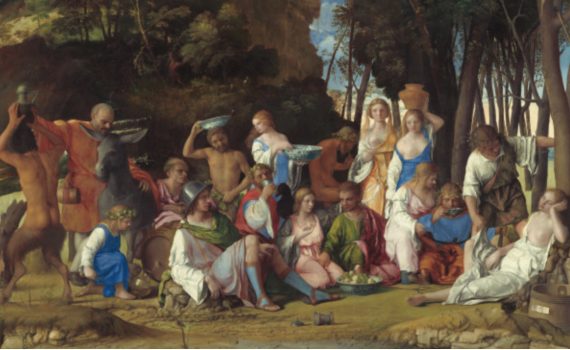
Giovanni Bellini and Titian,The Feast of the Gods
This canvas was rolled, varnished, reworked, and revised again. A classical scene, it once hung in a study.

John Constable, Wivenhoe Park, Essex
Can you paint a portrait of place? Constable makes a case for it with this idyllic depiction of a country estate.

